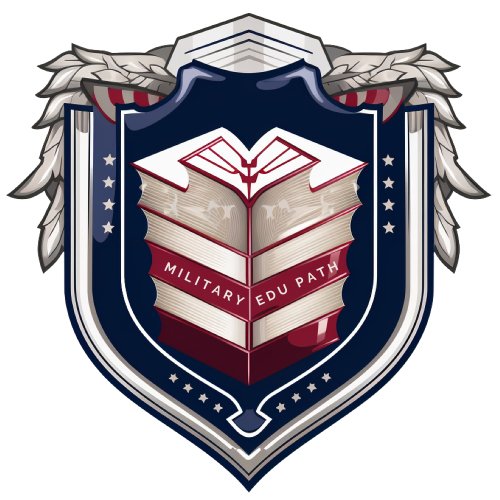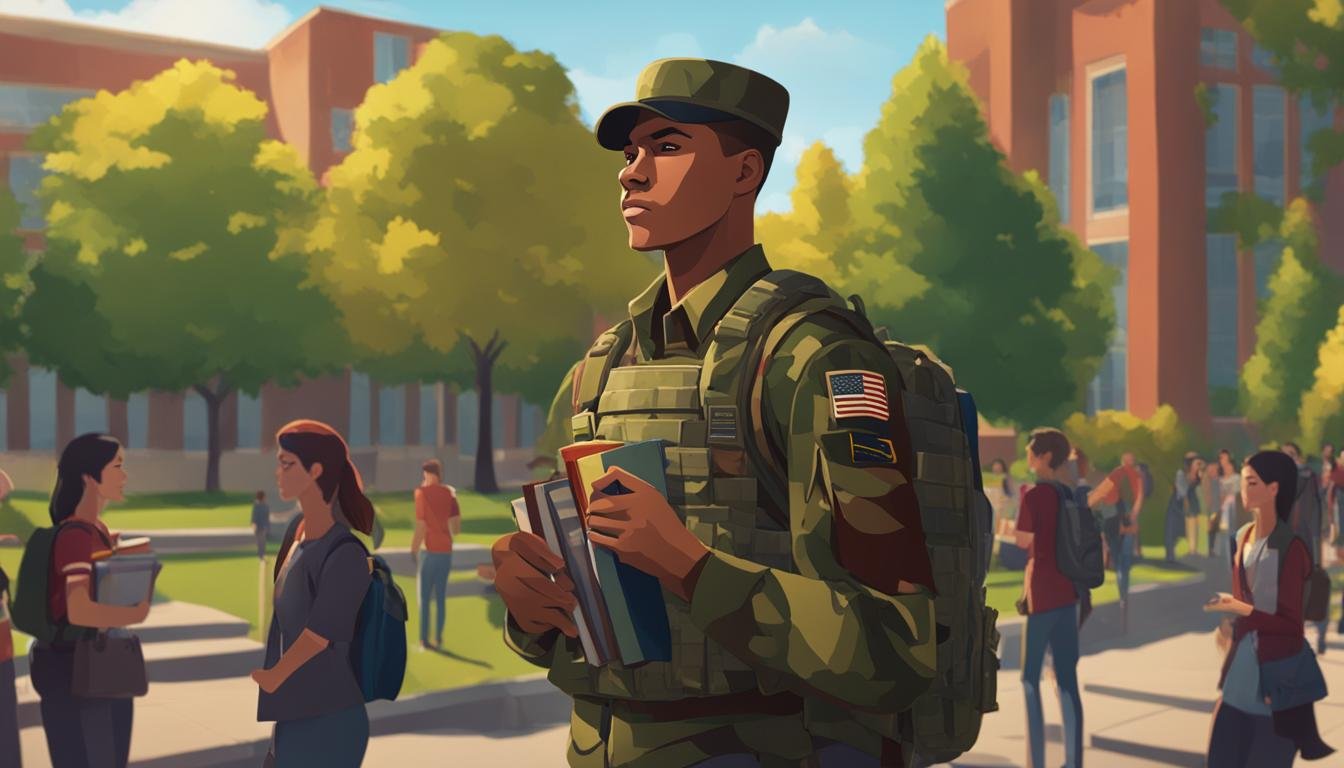Joining the armed services provides unique educational opportunities, but many veterans also desire a more traditional college experience. While veterans bring valuable skills and advantages to the campus, the transition from the structured military life to the freedom of college can be challenging. It is essential for veterans to understand and plan for the potential difficulties they may face.
Veterans have advantages such as older age, life experience, self-motivation, discipline, leadership skills, and access to financial resources like the GI Bill. However, they may also encounter challenges related to being a first-generation college student, balancing family responsibilities, managing finances, and dealing with physical and mental health issues. It is crucial for veterans to utilize the available resources to help ease their adjustment to college life.
Colleges often have veterans support offices to provide assistance with financial benefits, health care, housing, and other resources. National organizations like Student Veterans of America and the American Council on Education offer additional support, including academic credit for military service. The Veterans Integration to Academic Leadership program by the Department of Veterans Affairs helps veterans with their transition by providing physical and mental health support. By utilizing these resources, veterans can navigate the campus life more successfully and achieve their academic goals.
Key Takeaways:
- Campus life adjustment for military veterans can be challenging, but proper planning and utilization of available resources can ease the transition.
- Veterans have unique advantages and challenges when transitioning to college life.
- Colleges and national organizations offer support services and resources specifically tailored for veteran students.
- Utilizing available support programs can help veterans succeed academically and adjust to campus life more smoothly.
- The Veterans Integration to Academic Leadership program provides physical and mental health support to veterans.
Strategies for Supporting Veteran Students on Campus

To ensure a smooth adjustment for veteran students, colleges and universities can implement various strategies to support their unique needs. Faculty and staff play a crucial role in creating a veteran-friendly environment by being aware of the resources available to support veterans and providing guidance on financial aid, housing, and other student affairs.
One effective strategy is to streamline services and provide training to gatekeepers who can identify and assist veterans with physical or emotional issues. Educating faculty and staff about effective communication and support for military and veteran students, through programs like Green Zone Training and Military Ally Training, can create a more inclusive campus environment.
“Colleges and universities can support veteran students by offering transition courses or workshops specifically designed for them.” These programs can help veteran students acclimate to campus life and learn about the available resources. Additionally, colleges should offer remote-inclusive programming to accommodate distance and remote students.
Regular communication with veteran students is key in fostering a sense of community. Colleges can achieve this by maintaining email lists to share important updates and hosting both on-campus and virtual events tailored to veteran students. Peer mentorship programs and veteran student organizations can provide valuable support, networking opportunities, and leadership development. By establishing a vet resource center on campus, veteran students can easily access academic and support services.
Furthermore, colleges can enhance the college experience for veteran students by offering priority registration for classes, participating in job and resource fairs, and actively attracting and supporting military-connected prospects. By implementing these strategies, colleges and universities can create a supportive and inclusive environment for veteran students, allowing them to thrive academically and personally.
Understanding and Addressing Adjustment Issues in the Classroom
The transition from the military to the classroom can present specific adjustment issues for veteran students. As a faculty member, it is crucial to be aware of these challenges and take steps to support your veteran students.
Veterans may be easily distracted due to their trained alertness for threats. To create a veteran-friendly classroom environment, consider seating arrangements that minimize distractions and establish clear rules around conduct. Additionally, be mindful of the course content you select, avoiding topics that may trigger traumatic memories or experiences for veteran students. Providing information and prompts prior to introducing potentially distressing material can help veterans navigate these topics more comfortably.
Another adjustment issue for veteran students is the unstructured nature of campus life. The military’s disciplined structure may make it difficult for veterans to adapt. To support their transition, clearly define your expectations, encourage interactions with peers, and be available for support through office hours and email. By offering guidance and creating a supportive atmosphere, you can help veterans navigate the challenges of the college classroom.
Lastly, it is important to be mindful of campus culture and avoid topics or discussions that may elicit strong emotions in veteran students. Respect their privacy by providing alternative ways for them to disclose their veteran status if they choose to do so. Facilitate connections with other veteran students through student organizations or clubs to foster a sense of camaraderie and support.



